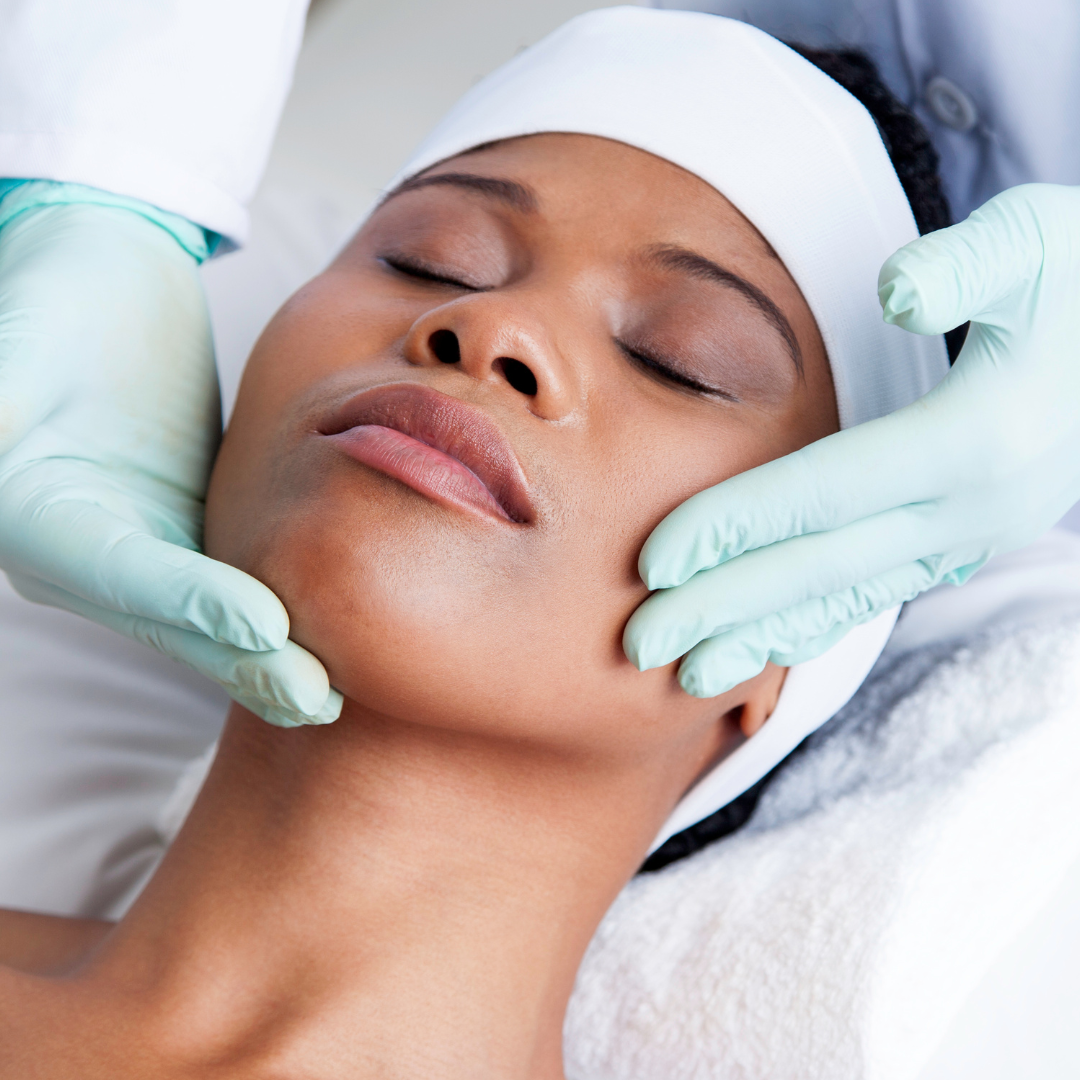
Why microneedling is one of the best and safe treatments for very dark skin tones?
Share
Microneedling has been shown to be a safe and effective treatment for individuals with dark skin tones, with minimal risk of hyperpigmentation compared to other treatments (1). In a clinical study of microneedling in individuals with Fitzpatrick skin types IV-VI, 88.2% reported improvement in hyperpigmentation, 82.4% reported improvement in skin texture, and 76.5% reported improvement in skin tone (2).
To achieve the best results with microneedling, individuals with dark skin tones can use pre and post-treatment skincare products to optimize the healing process and enhance collagen production. Here are some recommended products:
-
Pre-treatment: To prepare the skin for microneedling, individuals with dark skin tones can use products containing vitamin C, which has been shown to increase collagen production and improve skin texture (3). Ascorbic acid is a form of vitamin C that is particularly effective for improving hyperpigmentation in darker skin tones (4). Products containing azelaic acid and niacinamide can also help to brighten the skin and reduce hyperpigmentation (5, 6).
-
Post-treatment: After microneedling, individuals with dark skin tones can use products containing hyaluronic acid, which can help to hydrate and soothe the skin (7). Products containing growth factors or platelet-rich plasma (PRP) can also enhance collagen production and improve skin texture (8). Sunscreen is also crucial post-treatment to protect the skin from UV damage and prevent hyperpigmentation.
In addition to skincare products, combining microneedling with other treatments such as laser therapy, chemical peels, or radiofrequency microneedling can further enhance the results for individuals with dark skin tones (9).
Overall, microneedling is a safe and effective treatment option for individuals with dark skin tones looking to improve the appearance of their skin. By using the recommended pre and post-treatment skincare products and combining with other treatments if necessary, individuals can achieve optimal results.
Head to Instagram to ask Mr. Lulu about product or treatment suggestions - Click here
Sources:
-
Na, J. I., et al. (2016). Safety and efficacy of microneedling therapy in Fitzpatrick skin types III–VI. Dermatologic Surgery, 42(2), 129-138.
-
Fabbrocini, G., et al. (2011). Acne scars: pathogenesis, classification and treatment. Dermatology Research and Practice, 2011, 1-13.
-
Pullar, J. M., et al. (2017). The roles of vitamin C in skin health. Nutrients, 9(8), 866.
-
Shindo, Y., et al. (1994). Ascorbic acid enhances the expression of type 1 and type 4 collagen and SVCT2 in cultured human skin fibroblasts. Biochemical and Biophysical Research Communications, 196(1), 222-228.
-
Babamiri, K., et al. (2014). The efficacy of topical 20% azelaic acid cream in the treatment of new-onset postinflammatory hyperpigmentation after ultrapulsed carbon dioxide laser treatment. Journal of drugs in dermatology: JDD, 13(6), 741-745.
-
Hakozaki, T., et al. (2002). The effect of niacinamide on reducing cutaneous pigmentation and suppression of melanosome transfer. British Journal of Dermatology, 147(1), 20-31.
-
Caliari-Oliveira, C., et al. (2017). Hyaluronic acid in skin: aspects of aging and its pharmacologic modulation. The Journal of dermatology, 44
